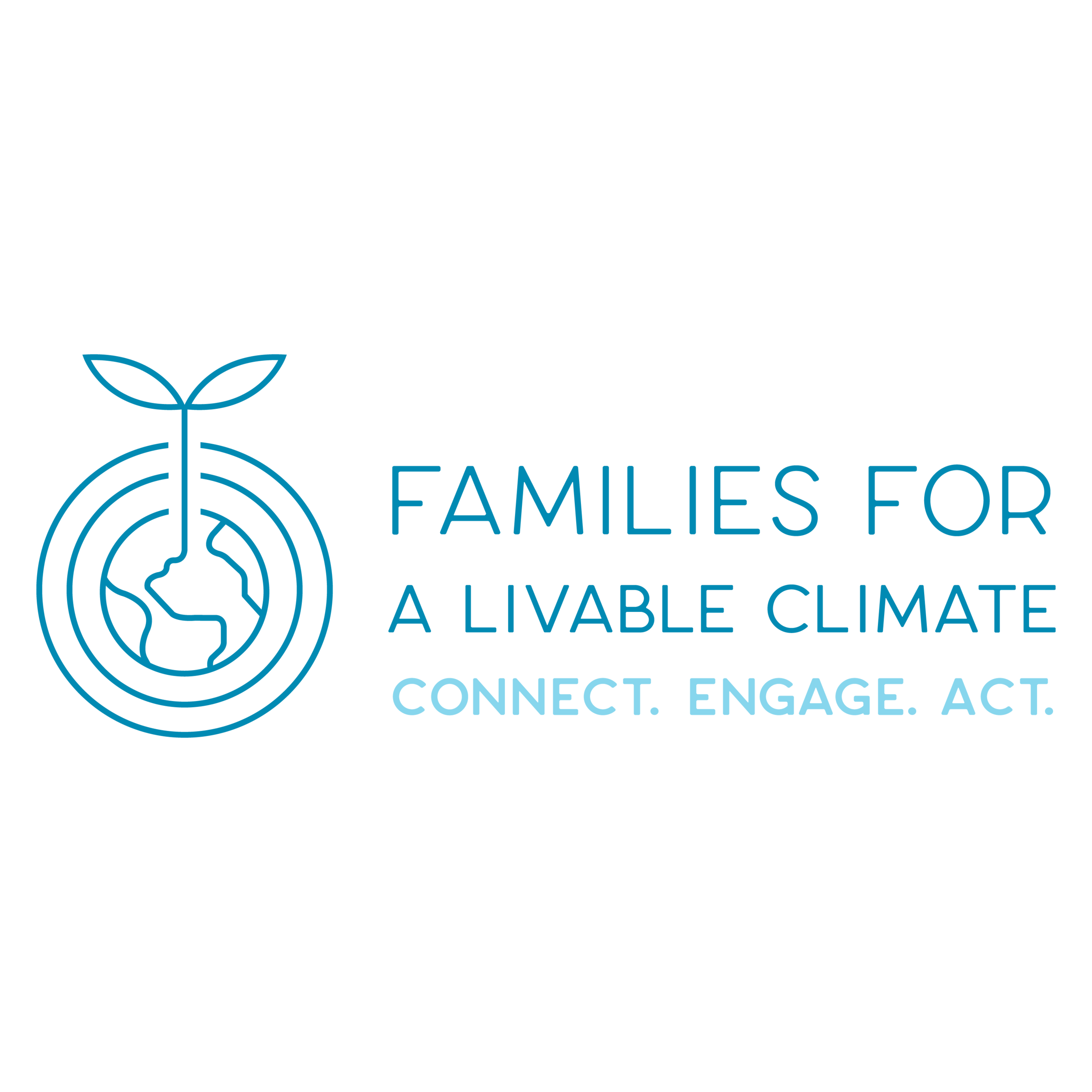Newsletter: Healthy Schools for Montana Kids
Spring 2024
Healthy Schools for Montana Newsletter
Hello and welcome to the Healthy Schools for Montana Kids quarterly newsletter! We're thrilled to be launching this resource for educators, parents, and community to connect schools to funding opportunities, showcase amazing things being done across the state, and help answer questions about sustainable, healthy schools.
Help us grow our audience. If you would like to receive this newsletter straight to your inbox you can OPT-IN here >>
What is Direct Pay?
Short answer: Big money for school energy projects.
Historically, federal tax credits haven’t been at all helpful for public schools, since schools don’t pay federal taxes. The Inflation Reduction Act has changed that: Now, tax-exempt entities like schools can benefit from clean energy tax credits through a direct payment (that’s why it’s called “direct pay,” or sometimes “elective pay”)—essentially, a rebate.
Want to put solar panels on school buildings? You now qualify for 30% of the total cost back.
Adding electric school buses? Get up to $40,000 back per bus.
Even better news: If you’re in a designated lower-income community, your incentive bumps up another 10% to 20% back. If you’re in an energy-affected community (such as one that has lost a coal mine or power plant), that’s another 10% back. All these rebates can be stacked on top of each other, or combined with other grants. Translation: Clean infrastructure projects just got a LOT more affordable.
Receiving direct pay for your projects involves pre-filing registration with the IRS, carefully checking eligibility (getting the advice of a tax professional is highly recommended), and filing an annual tax return.
Here's more helpful information to get started.
The Montana Renewable Energy Association’s very helpful webinar on accessing direct pay
SCHOOL SPOTLIGHT
Small But Mighty: DeSmet Public School, Missoula
This K-8 school may have just 127 students, but it’s still a leader in sustainability and smart design.
When administrators rebuilt their building in 2021 (taking advantage of reevaluated property taxes that benefited the school), they incorporated solar panels, a high-efficiency heating-cooling system, and huge windows that bring the outdoors in. “We have the cutting edge of what’s cool,” says superintendent Matt Driessen.
Generating their own power was on Driessen’s mind from the start. “Power is a big expense that the school has to absorb, and it’s going to become more and more expensive,” he says.
“And our schools are made for solar—we’re open when the sun is up and close when the sun goes down.”
So architects designed the new DeSmet to hold a 68-kilowatt solar array that Driessen says is saving the district about 20 percent on energy costs. The school took out a low-interest INTERCAP loan to help finance the array. Desmet also upgraded its HVAC system, adding cooling and MERV-13 filters that remove wildfire smoke pollution from the air.
The school has become a community hub, Driessen says. “Little schools can do great things.”
STUDENT SPOTLIGHT
Students Explore Vermicomposting: Target Range School, Missoula
Last year, the Target Range School seventh-grade Gifted and Talented students were awarded a grant through The Citizen Diplomacy Action Fund (CDAF). The GT program consists of Arnica, Addi, Arwren, Julia, Evan, Eliot, Quinn, Kai, and Logan and is led by Jennie Belcourt.
The U.S. Alumni is a grant program that allows teams to receive funding of up to $10,000 for public service projects. The students were already communicating with students at the Gaindakot English School in Nepal and wanted to explore some global environmental issues that are impacting both communities.
As a group, the students explored the options of vermicomposting and its impact on the community. Vermicomposting is the process by which worms eat food waste and turn it into soil for gardening. Its benefits include an eco-friendly fertilizer and a reduction in the amount of food waste thrown away each day.
The kitchen staff puts food scraps in buckets daily, and the students then collect the buckets biweekly and dump the scraps into the composting bins for the worms to enjoy. The goal is to implement this school-wide. Students will sort their food scraps into appropriate bins, thus reducing the food waste our school generates.
Over the past nine months, the students have helped reduce the school’s waste through this composting project. They now have their eyes set on applying for grants to install solar panels at Target Range School to lessen the electricity bills. They are also trying to raise money through fundraising to go to Nepal and visit the Gaindokot English School.
Mark your calendar
Don’t miss these key dates for spring 2024.
May 1
Deadline to submit an application for Northwestern Energy’s Universal System Benefits (USB) grants through its E+ Renewable Energy Program. Montana schools have used these to cover solar installations and other renewable tech! Details here.
June 13
The Department of Energy’s Renew America’s Schools grant program has opened up its second round of funding. These grants pay for improvements at public K-12 schools, covering everything from HVAC system upgrades to solar projects to air quality improvements. Learn more and sign up for email updates here.
Keep an eye on:
The Environmental Protection Agency still has several rounds to go in its Clean School Bus program. These grants cover the cost of electric buses (and other lower-emission vehicles) and charging infrastructure for public K-12 schools. Stay up to date here.
Do you or your school have questions you’d like us to find answers to or explore? Send us an email at healthyschools@livableclimate.org
Sign up for this quarterly newsletter to be delivered straight to your inbox!







